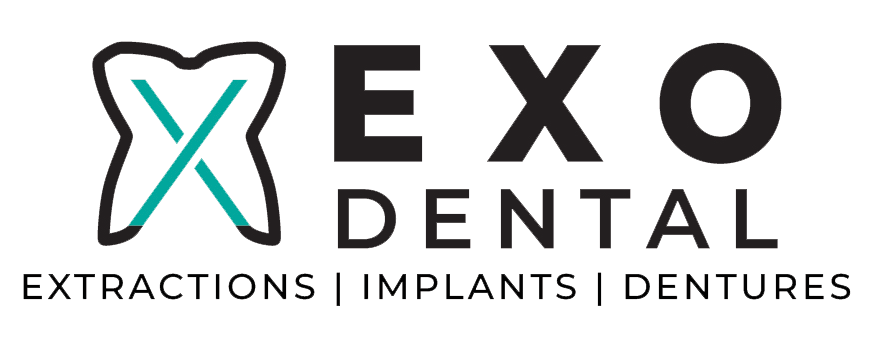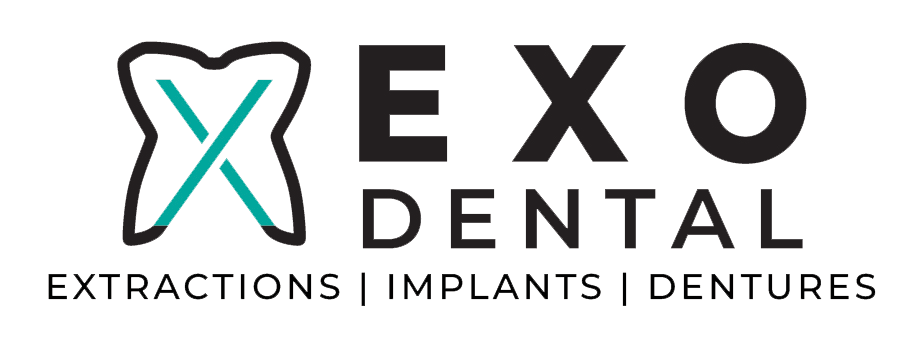The Future of Dental Implants with 3D Printing
Technology has revolutionized dental care, making procedures more effective and less invasive. One of the standout advancements is the use of 3D printing in dentistry. This innovative technology is changing how dental implants are created and installed. 3D printing offers precise and customizable solutions that were once impossible or very hard to achieve.
Imagine getting a dental implant that fits your mouth perfectly, reducing discomfort and speeding up recovery. With 3D printing, this is now a reality. This technology enables dentists to create implants tailored to each patient's unique needs. The result is better-fitting implants and shorter wait times for procedures.
In this article, we'll explore how 3D printing works in dentistry, its advantages, and what it means for patients. We'll also look at the future of 3D-printed dental implants, including new technologies and potential challenges. Understanding these developments can help you make informed decisions about your dental care and look forward to more comfortable and efficient treatments.
How 3D Printing Works in Dentistry
The Basics of 3D Printing Technology
3D printing, also known as additive manufacturing, is a process of making three-dimensional objects from a digital file. In dentistry, this involves creating detailed models of dental structures using specialized software. The process starts with a digital scan of a patient's mouth. This can be done using intraoral scanners, which capture precise images of the teeth and gums.
Once the digital scan is complete, the data is fed into a 3D printer. The printer uses materials like biocompatible resins or ceramics to build the dental model layer by layer. Each layer is ultra-thin, allowing for the creation of intricate and highly detailed dental parts. The result is a precise and custom-fitted dental appliance, such as a dental implant.
Applications of 3D Printing in Dental Procedures
3D printing has a wide range of applications in modern dentistry. One of the most common uses is in creating dental implants. With 3D printing, dentists can design implants that fit perfectly into a patient's jawbone. This not only ensures a comfortable fit but also promotes faster healing.
Another significant application is in making surgical guides. These guides help dentists perform precise implant placements by providing a detailed map of where to place the implant. This minimizes errors and improves the success rate of dental surgeries. Additionally, 3D printing is used for making crowns, bridges, dentures, and even orthodontic devices, offering a versatile solution for various dental needs.
Advantages of 3D-Printed Dental Implants
Customization and Precision
One of the biggest advantages of 3D-printed dental implants is the level of customization they offer. Traditional methods often involve a one-size-fits-all approach, but 3D printing allows for tailored solutions. Each implant is designed based on the patient’s unique dental structure, ensuring a precise fit. This level of customization not only improves comfort but also enhances the functionality of the implant. A well-fitted implant feels more natural and performs better, making day-to-day activities like chewing and speaking easier.
Speed and Efficiency in Implant Production
3D printing significantly speeds up the production process of dental implants. Traditional methods can take weeks or even months, involving multiple steps and manual labor. In contrast, 3D printing streamlines this process, reducing the time required to produce an implant. The digital nature of 3D printing allows for quicker adjustments and refinements, further cutting down on waiting times.
Moreover, 3D printing reduces the need for multiple fittings and adjustments. Since the initial design is already highly accurate, fewer revisions are necessary. This efficiency means patients can receive their implants faster, reducing the overall treatment time and allowing them to get back to their normal activities sooner.
Impact on Patient Experience
Improved Comfort and Fit
When it comes to dental implants, comfort is crucial. 3D-printed implants offer a personalized fit, ensuring that patients experience the highest level of comfort possible. These implants are tailored to the exact size and shape of the patient's mouth, making them feel more natural. A better fit means fewer adjustments are needed, making the overall experience smoother for the patient.
Reduced Recovery Time
Another significant benefit is the reduced recovery time. Traditional dental implants can take months to heal properly, but 3D-printed implants often fit better and integrate more quickly with the surrounding bone. This means patients can heal faster and return to their normal activities sooner. Less time in recovery also means less discomfort and a lower risk of complications.
The Future Outlook of 3D Printing in Dental Implants
Emerging Technologies and Innovations
The future of 3D printing in dental implants is promising, with new technologies continually emerging. Innovations like bioprinting, which involves printing with cells and biological materials, could revolutionize how implants are made. This technology could lead to implants that not only fit perfectly but also promote natural bone growth, making them even more effective.
Potential Challenges and Ethical Considerations
While the future looks bright, there are challenges and ethical considerations to address. One major challenge is the cost of 3D printing technology. While prices are gradually decreasing, high-end printers are still expensive, which could limit access for some patients. Ethical considerations also come into play, particularly around bioprinting. Questions regarding the long-term effects and safety of printed biological materials need to be thoroughly researched and understood.
Conclusion
3D printing is transforming the field of dental implants, offering numerous benefits, from customization and precision to reduced recovery times. As technology advances, the possibilities for even more innovative and effective treatments are endless. However, it's essential to consider the challenges and ethical aspects to ensure that these advancements benefit everyone.
If you are considering dental implants and want to explore the best options available, 3D-printed implants could be the right choice for you. The customized fit and quicker recovery times make them a compelling option.
Contact Exo Dental today to learn more about how
3D denture printing can enhance your dental care and schedule a consultation with our experienced team. We're here to provide you with the most advanced and comfortable dental solutions.
Don't hesitate to contact Exo Dental in Rogers to discuss your tooth removal and oral surgery options. Hablamos Español.

